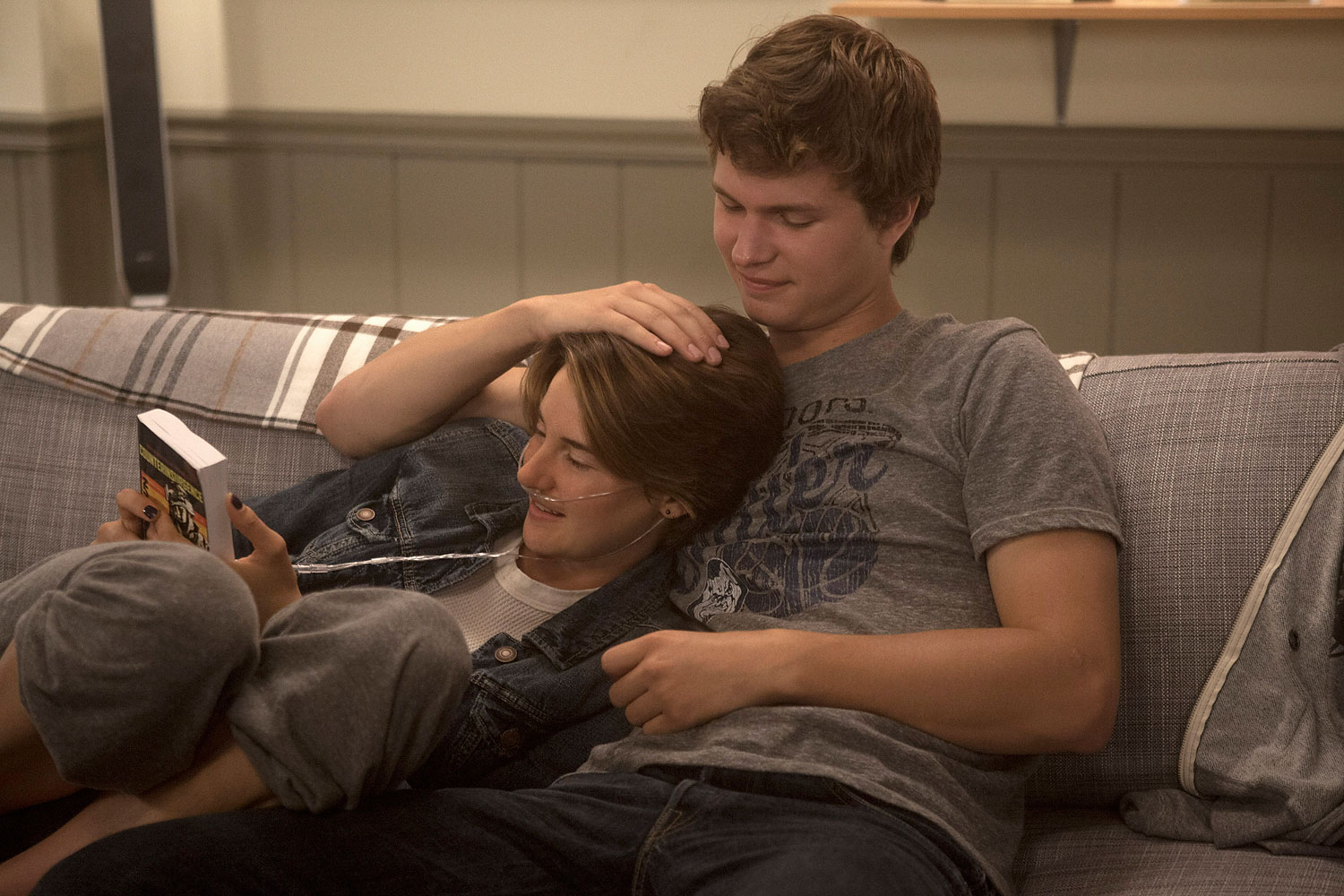
In The Fault in Our Stars, Hazel, the story’s teenage protagonist played by Shailene Woodley, wears a t-shirt imprinted with Magritte’s famous painting of a pipe, ceci n’est pas une pipe (“this is not a pipe”). She explains the picture to her confused mother, saying “All representations of a thing are inherently abstract.” Art, in other words, imitates life: it is not meant to be life itself.
So it is with cancer films. These stories are not meant to be literal representations. What it means to watch them depends on whether we come as outsiders, wanting to understand an experience beyond our own, or as insiders, coming to see our own lives reflected.
I am in the latter category. Five years ago, when I was only 38, I was diagnosed with a locally advanced, aggressive cancer. The doctors told me that if the chemo and relatively new therapy did not work, I would have a 10% chance of surviving five years. If the treatment worked, the odds would reverse in my favor.
The world looks different after you have spent time pinned to the mat by death. The gaps between reality and representation are no longer theoretical. They are contentious. Beautifully bald actors shorn to portray chemo patients betray reality with their thickly lashed eyes, much to the chagrin of those of us left lashless by the real medicine. Some of the most egregious side effects of treatment cannot be artfully depicted on film — mouthsores and constipation, anyone? — while vomiting, which has become more manageable thanks to newer side-effect medicines, continues its prominent role as a cancer-flick leitmotif.
Obviously, filmmakers are not making medical documentaries. Indicating pain and suffering should suffice without having to make audiences endure it. In fact, film critic Roger Ebert, a fellow cancer insider, found the movie Wit too graphic to watch, as it brought back many vivid and painful memories of treatment.
So what does it mean to use cancer as a backdrop to a story? To be sure, a prolonged or terminal cancer experience is a crucible of one’s character, as well as the characters of those around you. The fractures in our relationships break or heal under the strain of mortal threat. Cancer is an economical dramatic device.
Some of the Hollywood cancer tropes get it right. When you can see the finite number of your days, you might go on a truth-telling bender (Funny People), indulge deferred dreams (Bucket List, Now Is Good), or heal relationships (Terms of Endearment, My Life). You might decide you do not care about society’s conventions (Breaking Bad, Y Tu Mamá También) because you just want to take care of your own needs and desires. I know some people — though I do not count myself among them — do find they live life with a renewed passion after diagnosis (My Life Without Me).
The make-or-break question for me as a former patient comes down to one thing: is cancer simply a storytelling device — shorthand for eliciting sympathy and turning up the heat on the issues in a character’s life — or do the filmmakers take it seriously as a situation to explore? This question sorts the cancersploitation from real cancer art.
Two recent films, 50/50 and The Fault in Our Stars, portray young adult cancer. As representations, they each have their artifice: ceci n’est pas cancer. Despite this (or maybe Roger Ebert would say because of this), they find ways to reflect the human experience of having cancer. 50/50, written and directed by Will Reiser, who himself had cancer, explores the profound identity loss and the insult-to-injury trajectory many patients endure. Adam, the young adult patient played by Joseph Gordon-Levitt, has numerous relationships tested and feels the peril of his illness to his young career. In The Fault in Our Stars, Hazel exhibits delightful self-consciousness about the world she calls Cancervania: the cancer perks, the pitying looks, the treacly cheeriness that mark too many support groups. The stories get enough details right to earn plausibility with us insiders: the outrageously obtuse bedside manner of some doctors, the devastating loss of fellow patients, the need to lay perfectly still for an MRI, the desire to change clothes after an appointment to purge the hospital smell.
Whether we view these films as outsiders or insiders to the cancer world, the best movies in this genre provide catharsis. As I watched The Fault in Our Stars with my 11-year-old daughter this past weekend, we dried our eyes as the credits rolled. The story opened up discussions about her memories of my illness and her uncle’s death, helping her make new sense of these painful experiences. Art may merely be a representation of reality, but if it deepens our humanity, then it has done its job.
Ilana Horn is an associate professor of mathematics education at Vanderbilt University. She has been a breast cancer patient since 2009, two years after losing her stepbrother to cancer. On her blog, chemobabe.com, Lani writes about caregiving, end-of-life issues, doctor-patient communication, cultural expectations of patients, and other issues.
More Must-Reads from TIME
- Inside Elon Musk’s War on Washington
- Meet the 2025 Women of the Year
- The Harsh Truth About Disability Inclusion
- Why Do More Young Adults Have Cancer?
- Colman Domingo Leads With Radical Love
- How to Get Better at Doing Things Alone
- Cecily Strong on Goober the Clown
- Column: The Rise of America’s Broligarchy
Contact us at letters@time.com